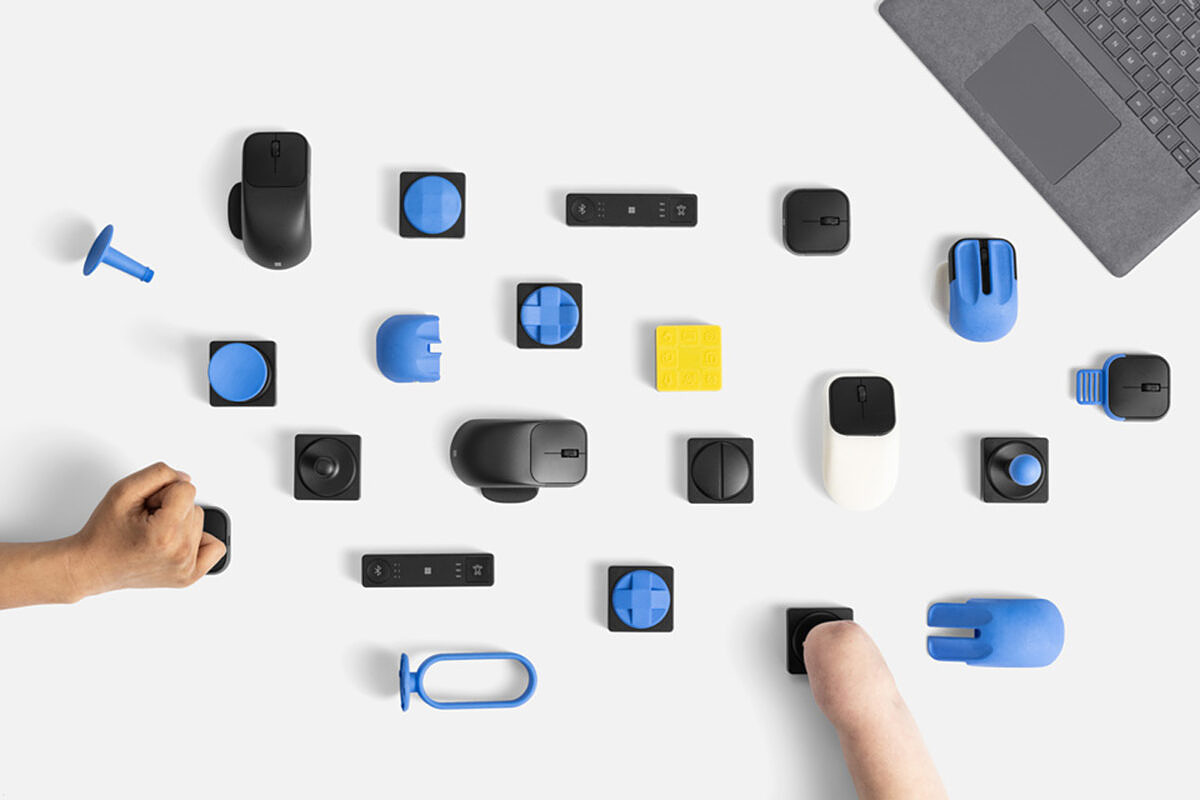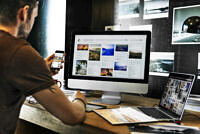The Microsoft Inclusive Tech Lab: a fresh take on inclusion
To make its products more accessible to people with disabilities, Microsoft has set up an Inclusive Tech Lab. We explore the initiative and show what other companies can learn from it.

What exactly is the Inclusive Tech Lab?
With its Inclusive Tech Lab, Microsoft wants to make its technologies more accessible. Microsoft’s goal is to achieve “inclusion by design” in its products.
The Inclusive Tech Lab is an extension of a lab already opened by the Xbox team in 2017. The lab aims to develop integrative design by closely involving the disability community. The entire development and design process at the lab is accompanied by people with disabilities, who contribute their personal perspective and pre-empt potential problems.
H2: Who is behind the Inclusive Tech Lab?
One of the driving forces of the Inclusive Tech Lab is Dave Dame, Director of Devices Accessibility at Microsoft, who himself was born with cerebral palsy. In a detailed video posted on LinkedIn, he introduced the inclusion project and outlined the key principles of inclusive design. He also shared his own experiences:
“I used to have to use a fork just to open up my laptop before I even begin to think about being productive or creative.”
This hurdle can now be overcome thanks to Microsoft’s Surface Adaptive Kit.
Dame sums up the problem of inaccessible technology in a nutshell: “People may not think of that as something dramatic, but when you remove the effort or the burden that somebody with a disability has to do to open something up, you allow them to really use that technology in a natural way.”
What are the principles behind the Microsoft Inclusive Tech Lab?
Dame points out an important aspect in his video: “I always like to say, we’re all going to be disabled someday, just some of us beat you to it.” The universal character of the different disabilities with which people live and work is reflected in the principle of inclusive design: “What building for accessibility means is trying to build for everybody, trying to make sure we’re not excluding anyone.”
Dame explains how Microsoft is showing how that can be done:
“We choose to design with people with disabilities and not for people with disabilities.”
And that’s where the key difference lies. When you work, design, and produce together with people who have disabilities, you don’t have to then go and produce something specifically for them, the simple reason being that their perspectives flow into the design as early as the first idea and become a natural part of every technology and every product. The barriers that frequently still exist today are blurring or disappearing.
The Microsoft Inclusive Tech Lab demonstrates what results can be achieved through inclusion in the design process.
What inclusive technologies is the lab developing?
Microsoft recently created lots of accessories to eliminate the hurdles often faced by people with disabilities. One example is the Microsoft Adaptive Mouse, the tail of which can be adapted using 3D printing, allowing it to be easily optimized for individual needs.
Another development highlight from the Inclusive Tech Lab is the Microsoft Adaptive Hub. This central hub augments or replaces a traditional keyboard and can be wirelessly connected to up to four Adaptive Buttons. The Inclusive Tech Lab thus develops alternative solutions to the usual mechanisms.
What can other companies learn from these experiences?
In his video, Dame makes it clear that he can’t and wouldn’t want to propose a blueprint of what a perfect inclusive company should look like. Instead, his aim is to show what everyone can do better in terms of inclusion based on his perspective and experiences.
That especially includes proactively creating an environment in which people with disabilities can work and play a part. With the right infrastructure and culture, they can be attracted as important employees. And companies can already make an enormous difference by doing that:
“By hiring people with disabilities, they’re really getting them closer to the product makers and the engineers to be able to extend that empathy and understanding across the spectrum.”
After all, no one knows what accessibility should look like better than the people who need and benefit from it.





